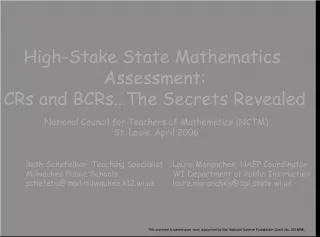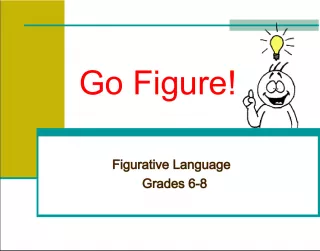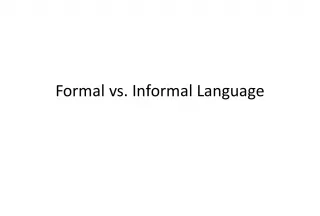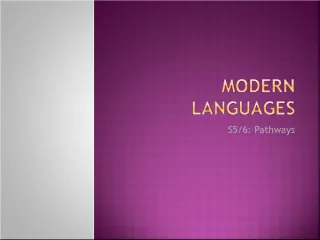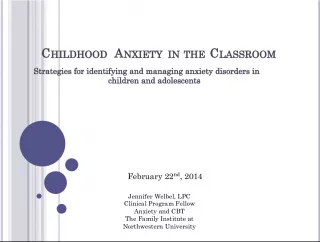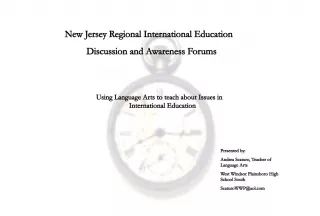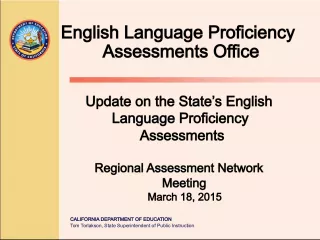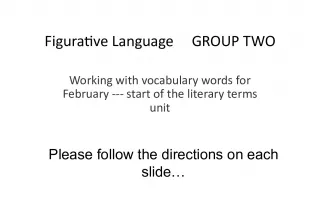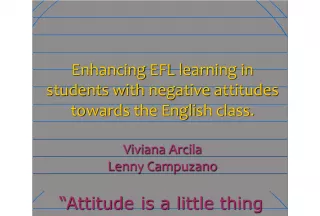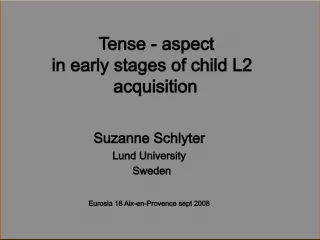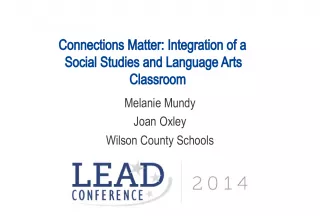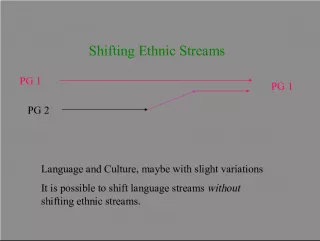Communicating with Adolescents as a Second Language


Herschella G Conyers of University of Chicago Law School discusses the challenges of communicating effectively with adolescents, and offers strategies for parents and educators.
- Uploaded on | 1 Views
-
 demelsa
demelsa
About Communicating with Adolescents as a Second Language
PowerPoint presentation about 'Communicating with Adolescents as a Second Language'. This presentation describes the topic on Herschella G Conyers of University of Chicago Law School discusses the challenges of communicating effectively with adolescents, and offers strategies for parents and educators.. The key topics included in this slideshow are . Download this presentation absolutely free.
Presentation Transcript
Slide2“You Talkin’ to Me?”ADOLESCENCE AS A SECOND LANGUAGE Herschella G. Conyers University of Chicago Law School
Slide3COMMUNICATING WITHTHE YOUNG CLIENT
Slide4STATED vs BEST INTERESTSTATED: Client Autonomy Client Control BEST: Client Protection External Control
Slide5BARRIERS TO UNDERSTANDING• Time pressures • Legal language • Expectations of rational thought • Emotionally charged content • Lack of emotional vocabulary • Client stressors • Outside Influences • Processing Deficits
Slide6CLIENT PRE- & MIS-CONCEPTIONS LAWYER • Teacher • Social Worker • Parent • Accomplice CLIENT • Student • Object/Non-agent • Child • Manipulator
Slide7TIME PRESSURES• Didn’t I just say that • (Re)Focusing the client • Repetition • Charts • Homework
Slide8LEGAL LANGUAGE• Deliberately inaccessible • Non-intuitive • Ambiguous
Slide9EXPECTATIONS OF RATIONALTHOUGHT • Adolescent Brain Development • Roper v. Simmons • Impulsivity • Lack of judgment
Slide10ACCOUNTABILITYI am not my brother’s keeper
Slide11EMOTIONALLY CHARGEDCONTENT • Accusations • Death/Sex/Morality • Consequences
Slide12LACK OF EMOTIONALVOCABULARY • Children are seen and not heard • “ I just snapped “ • Whatever 12
Slide13CLIENT STRESSORS• Parental disapproval • Removal from home • Peer relationships • Self-protection/Identity • Unarticulated trauma/PTSD
Slide14OUTSIDE INFLUENCES• Parents/guardians • DCFS • School officials • Mental Health Providers/Assessors
Slide15PROCESSING DEFICITS• Stressors • Cognitive impairments • Educational deficits • Technology as artificial intelligence/communication
Slide18CULTURAL COMPETENCIESA. Becoming fluent in poverty B. Mi casa, su casa (not so much) C. “Normalizing” pathology D. “Pathologizing” normal E. Compared to What? F. The Bad Girls Club
Slide19But I’m Not Your Mother/Father
